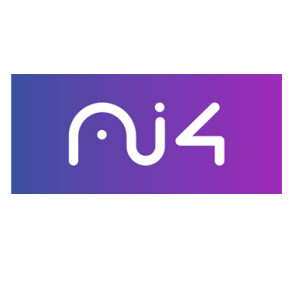 \
&
Contact us
\
&
Contact us
 \
&
Contact us
\
&
Contact us
This was 3 months ago
LocationBrussels
The European Innovation Council (EIC) kindly invites you to its Info Day about the EIC Pathfinder Challenges, published in the EIC 2025 Work Programme. The Info Day takes place in Brussels on Friday, 4 April 2025, right after the EIC Summit 2025. It consists of a plenary session explaining the specific characteristics of EIC Pathfinder Challenge calls, and parallel sessions by the EIC Programme Managers Ivan Stefanic, Federica Zanca, Franc Mouwen and Carina Faber. Please see the agenda below.
All parts of the Info Day will be livestreamed and recorded. Recordings and slides will be made available for the public after the Info Day. Remote participants can participate in the discussions and Q&A by submitting their questions via sli.do. For general questions, you are invited to consult the EIC Pathfinder FAQ website.
To participate in person to the Info Day, please register here by 25 March.
We offer news and event updates, covering all domains and topics of Horizon Europe, Digital Europe & EDF (and occasionally, for ongoing projects, Horizon 2020).
Stay informed about what matters to you.
By signing up, you can opt in for e-mail notifications and get access to
a personalised dashboard that groups all news updates and event announcements in your domain(s).
Only for stakeholders located in Flanders

The AI4Culture project, funded under Digital Europe call Data space for cultural heritage (deployment) aims to develop an online capacity building hub for AI technologies in the cultural heritage sector. This hub contributes to the creation of the European common cultural heritage data space, which provides support to the digital transformation of Europe’s cultural sector and fosters the creation and reuse of content in cultural and creative sectors. The Flemish company CrossLang is one of the 12 partners in the project and brings in its year-long expertise in the development of multilingual technology to the transcription and translation of scanned printed and handwritten documents.